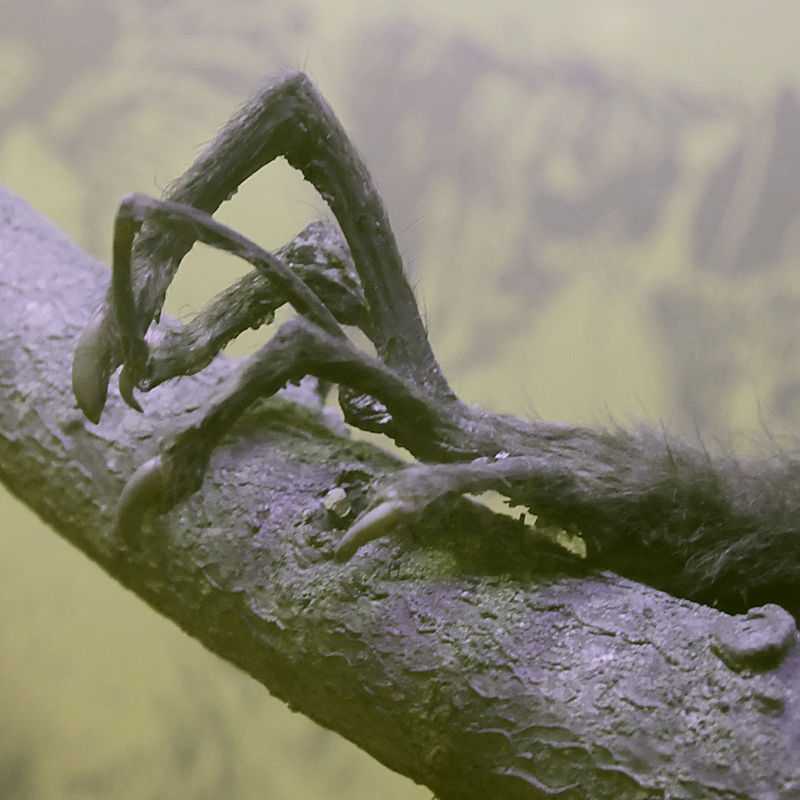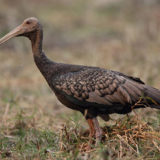Aye-aye: World’s largest nocturnal primate
Endangered species, Aye-aye
Common name: Aye-aye, hay-hay.
Scientific name: Daubentonia madagascariensis.
Distribution: Aye-ayes can be found only on the island of Madagascar.
Description and habitat: Aye-aye(lemur) is the world’s largest nocturnal primate which measures about 36-43 cm with a 56-61 cm long tail. The baby Aye-aye is born rather underdeveloped and takes some time to mature. It weighs about 2 kg. Aye-ayes are dark brown or black and are distinguished by a bushy tail(56-61 cm) that is larger than their body(36-43 cm). They also feature big eyes, slender fingers, and large, sensitive ears. From an ecological point of view, the aye-aye fills the niche of a woodpecker, as it is capable of penetrating wood to extract the invertebrates within.
Image credit: By Dr. Mirko Junge
The aye-aye is the only extant member of the genus Daubentonia and family Daubentoniidae. They commonly eat organic matters, nuts, insect larvae, fruits, nectar, seeds, and fungi. Like many other pro-simians, the female aye-aye is dominant to the male.
Importance of aye-aye:
The aye-aye was thought to be extinct in 1933, but was rediscovered in 1957. They are now a highly endangered species on the planet. As many as 50 aye-ayes can be found in zoological facilities worldwide.












